Ali Kashif Bashir
From Overfitting to Robustness: Quantity, Quality, and Variety Oriented Negative Sample Selection in Graph Contrastive Learning
Jun 21, 2024



Abstract:Graph contrastive learning (GCL) aims to contrast positive-negative counterparts to learn the node embeddings, whereas graph data augmentation methods are employed to generate these positive-negative samples. The variation, quantity, and quality of negative samples compared to positive samples play crucial roles in learning meaningful embeddings for node classification downstream tasks. Less variation, excessive quantity, and low-quality negative samples cause the model to be overfitted for particular nodes, resulting in less robust models. To solve the overfitting problem in the GCL paradigm, this study proposes a novel Cumulative Sample Selection (CSS) algorithm by comprehensively considering negative samples' quality, variations, and quantity. Initially, three negative sample pools are constructed: easy, medium, and hard negative samples, which contain 25%, 50%, and 25% of the total available negative samples, respectively. Then, 10% negative samples are selected from each of these three negative sample pools for training the model. After that, a decision agent module evaluates model training results and decides whether to explore more negative samples from three negative sample pools by increasing the ratio or keep exploiting the current sampling ratio. The proposed algorithm is integrated into a proposed graph contrastive learning framework named NegAmplify. NegAmplify is compared with the SOTA methods on nine graph node classification datasets, with seven achieving better node classification accuracy with up to 2.86% improvement.
Application of deep learning for livestock behaviour recognition: A systematic literature review
Oct 20, 2023



Abstract:Livestock health and welfare monitoring has traditionally been a labor-intensive task performed manually. Recent advances have led to the adoption of AI and computer vision techniques, particularly deep learning models, as decision-making tools within the livestock industry. These models have been employed for tasks like animal identification, tracking, body part recognition, and species classification. In the past decade, there has been a growing interest in using these models to explore the connection between livestock behaviour and health issues. While previous review studies have been rather generic, there is currently no review study specifically focusing on DL for livestock behaviour recognition. Hence, this systematic literature review (SLR) was conducted. The SLR involved an initial search across electronic databases, resulting in 1101 publications. After applying defined selection criteria, 126 publications were shortlisted. These publications were further filtered based on quality criteria, resulting in the selection of 44 high-quality primary studies. These studies were analysed to address the research questions. The results showed that DL successfully addressed 13 behaviour recognition problems encompassing 44 different behaviour classes. A variety of DL models and networks were employed, with CNN, Faster R-CNN, YOLOv5, and YOLOv4 being among the most common models, and VGG16, CSPDarknet53, GoogLeNet, ResNet101, and ResNet50 being popular networks. Performance evaluation involved ten different matrices, with precision and accuracy being the most frequently used. Primary studies identified challenges, including occlusion, adhesion, data imbalance, and the complexities of the livestock environment. The SLR study also discussed potential solutions and research directions to facilitate the development of autonomous livestock behaviour recognition systems.
A Survey on Federated Learning for the Healthcare Metaverse: Concepts, Applications, Challenges, and Future Directions
Apr 05, 2023



Abstract:Recent technological advancements have considerately improved healthcare systems to provide various intelligent healthcare services and improve the quality of life. Federated learning (FL), a new branch of artificial intelligence (AI), opens opportunities to deal with privacy issues in healthcare systems and exploit data and computing resources available at distributed devices. Additionally, the Metaverse, through integrating emerging technologies, such as AI, cloud edge computing, Internet of Things (IoT), blockchain, and semantic communications, has transformed many vertical domains in general and the healthcare sector in particular. Obviously, FL shows many benefits and provides new opportunities for conventional and Metaverse healthcare, motivating us to provide a survey on the usage of FL for Metaverse healthcare systems. First, we present preliminaries to IoT-based healthcare systems, FL in conventional healthcare, and Metaverse healthcare. The benefits of FL in Metaverse healthcare are then discussed, from improved privacy and scalability, better interoperability, better data management, and extra security to automation and low-latency healthcare services. Subsequently, we discuss several applications pertaining to FL-enabled Metaverse healthcare, including medical diagnosis, patient monitoring, medical education, infectious disease, and drug discovery. Finally, we highlight significant challenges and potential solutions toward the realization of FL in Metaverse healthcare.
Predictive Closed-Loop Service Automation in O-RAN based Network Slicing
Feb 04, 2022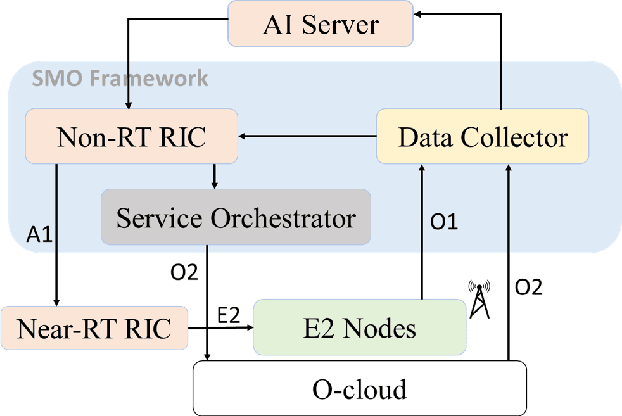
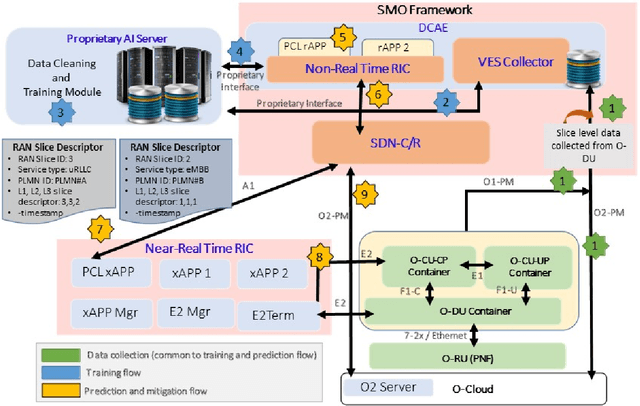
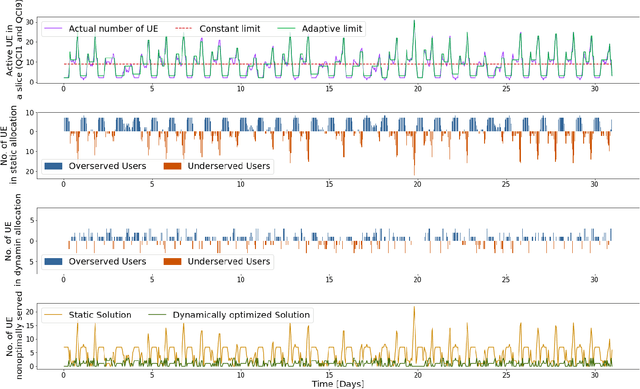
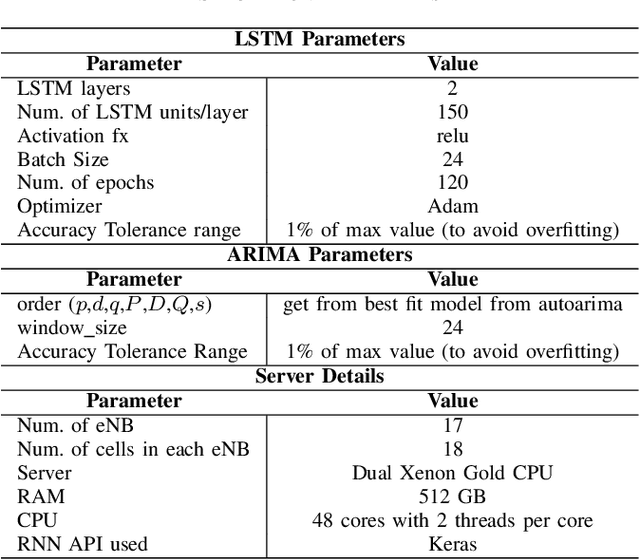
Abstract:Network slicing provides introduces customized and agile network deployment for managing different service types for various verticals under the same infrastructure. To cater to the dynamic service requirements of these verticals and meet the required quality-of-service (QoS) mentioned in the service-level agreement (SLA), network slices need to be isolated through dedicated elements and resources. Additionally, allocated resources to these slices need to be continuously monitored and intelligently managed. This enables immediate detection and correction of any SLA violation to support automated service assurance in a closed-loop fashion. By reducing human intervention, intelligent and closed-loop resource management reduces the cost of offering flexible services. Resource management in a network shared among verticals (potentially administered by different providers), would be further facilitated through open and standardized interfaces. Open radio access network (O-RAN) is perhaps the most promising RAN architecture that inherits all the aforementioned features, namely intelligence, open and standard interfaces, and closed control loop. Inspired by this, in this article we provide a closed-loop and intelligent resource provisioning scheme for O-RAN slicing to prevent SLA violations. In order to maintain realism, a real-world dataset of a large operator is used to train a learning solution for optimizing resource utilization in the proposed closed-loop service automation process. Moreover, the deployment architecture and the corresponding flow that are cognizant of the O-RAN requirements are also discussed.
Implicit Feedback-based Group Recommender System for Internet of Thing Applications
Jan 29, 2021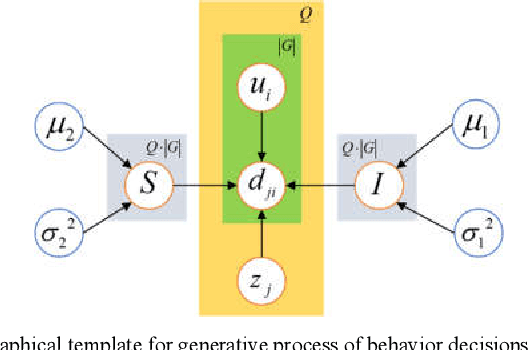
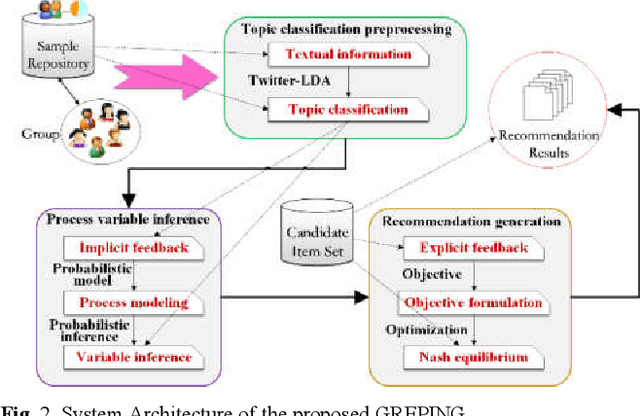
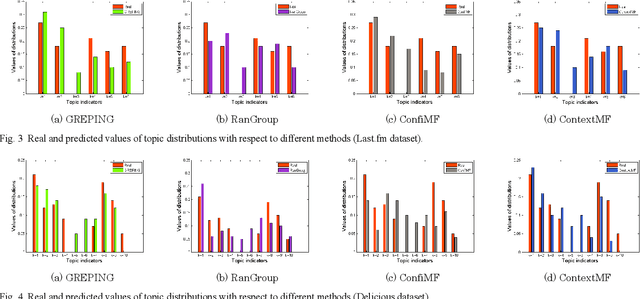
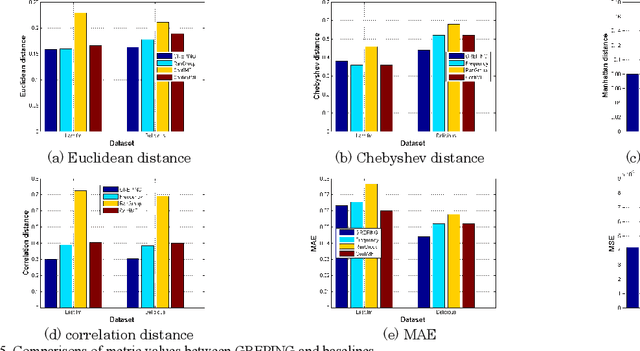
Abstract:With the prevalence of Internet of Things (IoT)-based social media applications, the distance among people has been greatly shortened. As a result, recommender systems in IoT-based social media need to be developed oriented to groups of users rather than individual users. However, existing methods were highly dependent on explicit preference feedbacks, ignoring scenarios of implicit feedback. To remedy such gap, this paper proposes an implicit feedback-based group recommender system using probabilistic inference and non-cooperative game(GREPING) for IoT-based social media. Particularly, unknown process variables can be estimated from observable implicit feedbacks via Bayesian posterior probability inference. In addition, the globally optimal recommendation results can be calculated with the aid of non-cooperative game. Two groups of experiments are conducted to assess the GREPING from two aspects: efficiency and robustness. Experimental results show obvious promotion and considerable stability of the GREPING compared to baseline methods.
Amateur Drones Detection: A machine learning approach utilizing the acoustic signals in the presence of strong interference
Feb 28, 2020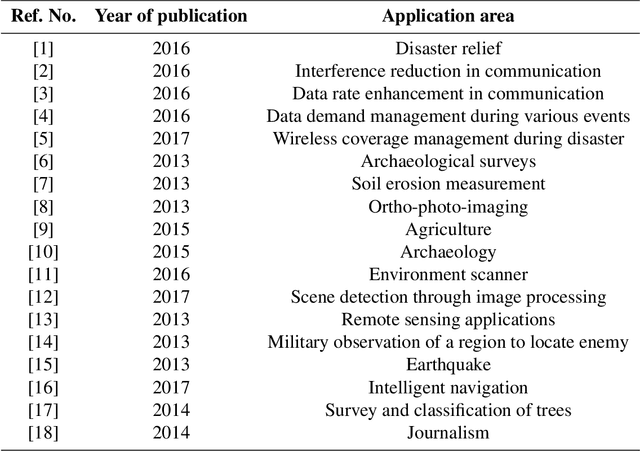
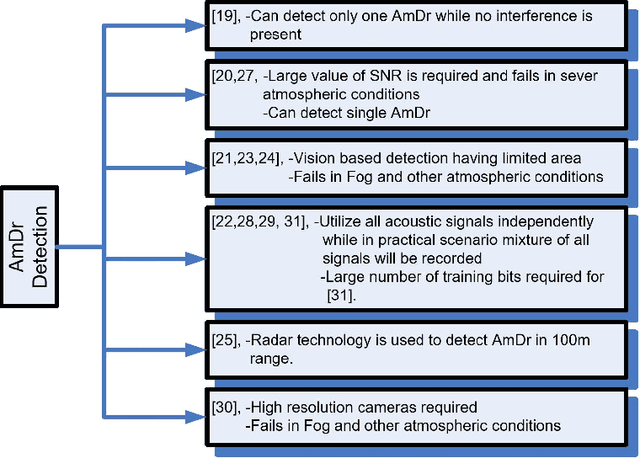
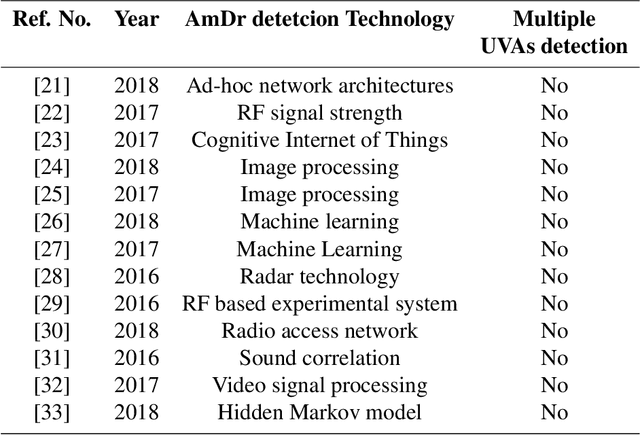
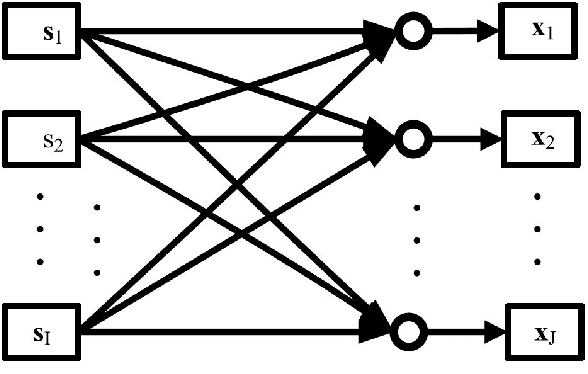
Abstract:Owing to small size, sensing capabilities and autonomous nature, the Unmanned Air Vehicles (UAVs) have enormous applications in various areas, e.g., remote sensing, navigation, archaeology, journalism, environmental science, and agriculture. However, the unmonitored deployment of UAVs called the amateur drones (AmDr) can lead to serious security threats and risk to human life and infrastructure. Therefore, timely detection of the AmDr is essential for the protection and security of sensitive organizations, human life and other vital infrastructure. AmDrs can be detected using different techniques based on sound, video, thermal, and radio frequencies. However, the performance of these techniques is limited in sever atmospheric conditions. In this paper, we propose an efficient unsupervise machine learning approach of independent component analysis (ICA) to detect various acoustic signals i.e., sounds of bird, airplanes, thunderstorm, rain, wind and the UAVs in practical scenario. After unmixing the signals, the features like Mel Frequency Cepstral Coefficients (MFCC), the power spectral density (PSD) and the Root Mean Square Value (RMS) of the PSD are extracted by using ICA. The PSD and the RMS of PSD signals are extracted by first passing the signals from octave band filter banks. Based on the above features the signals are classified using Support Vector Machines (SVM) and K Nearest Neighbor (KNN) to detect the presence or absence of AmDr. Unique feature of the proposed technique is the detection of a single or multiple AmDrs at a time in the presence of multiple acoustic interfering signals. The proposed technique is verified through extensive simulations and it is observed that the RMS values of PSD with KNN performs better than the MFCC with KNN and SVM.
 Add to Chrome
Add to Chrome Add to Firefox
Add to Firefox Add to Edge
Add to Edge